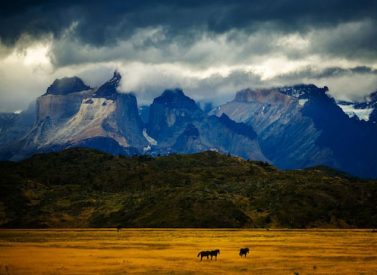
Bolivia and Chile Photography Tour
Photograph Bolivia and Chile’s altiplano on our photo tour in Uyuni and Atacama.
Bruce Percy leads a wonderful photo safari through the Atacama desert of Northern Chile and the salt flats of Uyuni in Bolivia.
Bruce is renowned landscape photographer and guides you through stunning landscapes, helping improve your photographic skills.
More on photography safari
Starting in San Pedro in northern Chile, we explore the Atacama desert.
We have to spend a couple of days in San Pedro de Atacama taking it easy and letting ourselves get acclimatised to the high altitude.
Here we concentrate on capturing the wonderful colours of the desert at dawn and dusk as we acclimatise.
Heading to Bolivia
We head nextto the vast southern deserts of Bolivia in our four wheel drive vehicle to enjoy the starkly beautiful landscapes of this dramatic desert wilderness.
The immense Salar de Uyuni is a natural marvel of South America.
Deep blue skies, clear skies and and the brilliant white salt create a fantastic spectacle.
More about the safari
Bruce Percy is an internationally-travelled and published photographer.
He has visited and photographed South America many times and has the knowledge to help you make the most of this trip, which is limited to 8 people.
Anyone who has a passion for photography can join, as it is designed to allow everyone quality time at some fabulous locations, with accommodation, food and logistics all taken care of.
We use hotels built by and in the traditional style of the local Aymara communities, providing an income in this, one of the poorest parts of Bolivia.
Trip Highlights
Print Share Download as PDF-
Visit the best Altiplano locations for sunrise and sunset each day.
-
Led by internationally-renown landscape photographer Bruce Percy.
-
Photo Laguna Colorada, Laguna Verde, the Coral Army, Stone Tree and more.
-
Two of South America's finest destinations - Salar de Uyuni and Atacama desert.
Bruce allowed people freedom to do their own thing while helping out whenever someone wanted guidance, and the critiques he did were very helpful.
Bruce did a great job, and I think everyone came away happy.
D. Sheehan, Photo safari
Full Itinerary
Day 1: Arrive in San Pedro de Atacama, hotel (D)
Arrival. We will meet in San Pedro de Atacama in northern Chile (direct connection from Santiago),
19.00-21.00: Dinner with the group, hosted by Bruce.
Day 2: Acclimatisation day (B,D)
We spend today getting used to the high altitude at Atacama.
Day 3: Salar de Tara full day tour, hotel (B,L,D)
We spend the day visiting the Salar de Tara at higher altitude to help us prepare for our ascent into Bolivia.
We will reach a top altitude of 4,000m/13,123ft during the day.
We return to our hotel (2,600m/8,530ft) in the evening.
Day 4: Transfer morning from Chile into Bolivia. Coral Army, Hotel Tayka Stone (3,600m) (B,L,D)
Today we head for the central Altiplano where the altitude is at its lowest in Bolivia.
We will shoot the Coral Army at sunset before heading to hotel Tayka Stone for our evening.
We sleep much higher today, at 3,600m/11,811ft.
Day 5: Coral Army, the Salar de Uyuni, Pescado Island, Hotel Tayka Salt (B,L,D)
We shoot the Coral Army stone structures at sunrise, then return for breakfast at Hotel Tayka.
We take the morning off for some rest and at noon have lunch at Hotel Tayka Stone.
In the afternoon we travel across the Salar de Uyuni to Pescado Island, situated in the heart of the Salar de Uyuni, arriving in the late afternoon.
Later, it’s a sunset shoot on Salar de Uyuni at Pescado Island.
Transfer to hotel Tayka Salt after sunset, arriving around 19.30.
Day 6: Salar de Uyuni. Pescado Island, Hotel Tayka Salt. (B,L,D)
Sunrise shoot on Salar de Uyuni.
Return to the hotel for breakfast and morning rest.
Lunch at noon in the hotel.
In the afternoon we return to Pescado Island to explore the island further and shoot the Salar during sunset.
Evening meal at Hotel Tayka Salt.
Day 7: Transfer to the southern area of the altiplano, Laguna Colorada, Hotel Tayka of the Desert (B,L,D)
Today we transfer from the Salar to the southern area of the altiplano arriving at Laguna Colorada (The Red Lake) for late afternoon.
Lunch will be provided en route.
We photograph Laguna Colorada during late afternoon and during sunset.
We then transfer to our hotel the Hotel Tayka of the Desert for our evening stay and dinner.
Day 8: Arbol de Piedra (Stone Tree), Laguna Colorada, Hotel Tayka of the Desert (B,L,D)
Sunrise shoot at el Arbol de Piedra (Stone Tree).
Return to Hotel Tayka of the Desert for breakfast and morning rest.
In the afternoon we return to Laguna Colorada for a second evening shoot.
Return to Hotel Tayka of the Desert for our evening stay and meal.
Day 9: Laguna Verde, Laguna Blanca. Transfer to San Pedro, hotel (B,L,D)
During the day we will encounter many lagoons and visit Laguna Verde and Laguna Blanca.
Border crossing to Chile in afternoon, arriving in San Pedro de Atacama in the evening.
Day 10: Breakfast, end of tour (B)
Breakfast, end of photographic adventure.
Prices From $7,495 / £6,093 per person
What's Included?
Hotels and meals as listed, transportation between shooting locations, local Bolivian guide, two drivers (two land cruisers), one to one guidance & group guidance, single room accommodation with breakfasts, park entry fees, photographer (Bruce Percy)
What's Not Included?
Flights, travel to and from photographic safari, insurance, airport taxes, tips and additional personal expenses, drinks.
Accommodation
Hotels. Single rooms throughout.
In Bolivia we use hotels built by and in the traditional style of the local Aymara communities, providing an income in this, one of the poorest parts of Bolivia.
Tour Staff
This unique photographic workshop is led by Bruce Percy.
Bruce is an internationally-travelled and published photographer who also contributes articles to the Outdoor Photography magazine.
He has visited and photographed Easter Island, Bolivia, Peru and Patagonia many times and has the knowledge to help you make the most of the photographic safari in these regions.
Of this tour, he says: “The Altiplano is perhaps the most lunar landscape I’ve yet encountered. Not only is it enticing in it’s otherworldly look, but being here feels like you’re on another planet because of the high altitude.”
Bruce likes to run his photography-adventures in a friendly, open, group setting. This trip is more of a tour* than Bruce’s normal workshops, due to the logistics involved, but you will get a lot of hands on experience from Bruce while at the same time, immerse yourself with plenty of time out in the field on your own.
* Please note that this is not a workshop. It is a photographic tour, focused on getting you to great locations for the best light.
Meals
Each day will have the following (approximate) format:
06.45-08.00: On location for sunrise.
09.00-10-00: Breakfast, back at the hotel.
10.00-12.00 (noon): We travel through the day while the light is bleached out, in order to get to our next major photographic location for sunset. We stop from time to time at areas of interest. On other days when we are not changing hotel, we use this time to rest.
Noon-13.00: Lunch at hotel.
13.00-16.00: Continue traveling. We have a lot of distance to cover.
16.00-18.30: On location for sunset and twilight shooting.
18.30-19.30: Transfer to hotel.
20.00-21.00: Evening meal and talk about day’s shooting.
Activity Level
Fitness level – Very easy access to locations. Some light trekking (up to 5 minutes) required whilst carrying your backpack and tripod.
Our photography tours are limited to eight people and open to anyone with a passion for photography. They are designed to allow quality time at some fabulous locations, with accommodation, food and logistics all taken care of.
Bruce says: “You don’t have to be an experienced photographer to participate. The workshops are conducted in an informal, friendly group setting, and I’ll help you take great pictures of these amazing places.”
Most of this tour is at high altitude and we have built acclimatisation into the tour.
Practical Information
An introduction to Chile
Chile is the land of contrasts, from verdant vineyards to driest desert, deep fjords and towering glaciated volcanoes.
A narrow but incredibly long, snake-like country, Chile’s unusual geography features more than 5,000km of South Pacific Ocean coast. The country is almost 4,400km long but barely more than 160km at its widest.
It is best divided into general regions, all of which offer spectacular landscapes and identities of their own.
This variety means Chile is the land where almost every activity is possible. Hiking, biking, rafting and kayaking.
Or climbing, cruising, fishing, horse riding, wine tasting.
Or simply eating great food, relaxing and exploring.
Geography of Chile
Patagonia
Trekking heaven. Paine National Park lies in Patagonia and features some of the best trekking in South America. With no altitude worries here, hikers enjoy an unrivalled mix of access to wild flora and fauna that exists in this massif. It is at once windswept, and then balmy. Paine National Park is a must see for walkers visiting South America.
Northern Patagonia is the least densely populated part of the country – spectacular virgin scenery make this a hidden gem and superb area for trekking, boating and horse riding.
And that’s before you think about possibly cruising through fjords, or kayaking them, flying to Antartica or staying at a working hacienda.
Easter Island
Iconic, Easter Island is an archaeological treasure. Here you will find the famous Moai stone statues, as well as caves and rocks decorated with etched petroglyphs and painted pictographs.
Northern Chile
Northern Chile features the Atacama, the driest desert with the clearest skies in the world, is alive with active volcanoes replete with spitting geysers mixed with archaeological wonders and fantastic rock formations.
Central Chile is the heart of Chile and includes the capital Santiago. With its Mediterranean climate of hot dry summers and mild wet winters, this central valley produces some of South America’s finest wines, Colchagua Valley to name but one.
Here, the Andean mountain chain soars more than 6,000m above sea level. Chile’s traditional symbols such as huaso (cowboy) and cueca (national dance) originate here, an area which is rich in agriculture and produces most of Chile’s export fruit.
In winter, skiers are attracted to this tasting the promise of some fabulous snow on the huge peaks which overlook Santiago.
Southern Chile and the Lake District
Lush and verdant, The Lake District area is the place to climb snow-capped volcanoes by day while relaxing next to stunning glacial lakes by evening. You can walk, bike, raft, cruise and drive your way around this beautiful region.
Central, southern and Patagonia Andes all present different challenges to mountaineers and trekkers. Options are varied in the central Andes with many of the Patagonian peaks remaining unexplored and unsummitted.
Weather in Chile
Chile’s climate varies greatly, owing to its sheer length, variation of terrain and varying altitudes and latitudes.
Lake District and Patagonia
In the south of Chile, here temperatures drop a little compared to the rest of Chile.
It can be better to go in the Austral summer (Oct-March). Daylight hours are much longer at this time, with Nov-Feb being popular times to visit. October and March can be very colourful and vivid with less visitors, but weather can be more blustery.
In Patagonia, the weather is, putting it mildly, variable, and variable on a daily basis. It is usually cool and windy all year round but seldom does the temperature fall below freezing point. Some days start with snow and end in balmy sunshine. It is always interesting, and can range from 10°C-20°C in the summer, although the wind can make it feel chilly.
The vast unbroken stretch of ocean to the west and south of the South American continent leaves the Patagonian Andes very exposed to the saturated winds that circle the Antarctic landmass. Also the South Patagonia Ice field influence makes the weather hard to predict. In spring or early summer fine weather may deteriorate almost without warning, bringing rains and eventually snow. Even in summer (Dec-Mar) you should come prepared to find cold, strong winds (up to 130 km/hr) and rainfalls. The summer’s average temperature is 11ºC/52ºF (24ºC max, 2ºC min).
Winter visits to these southern areas are possible, but many hotels close and not all trips are possible. Daylight hours can be very short, but the lack of visitors can greatly improve chances of seeing wildlife in parks such as Paine.
The Lake District’s temperate climate can be said to resemble that of the UK, with rain possible but also enjoying long spells of fine, fresh weather in the summer (Oct-March).
Easter Island
Although sub-tropical and essentially a year-round destination, Dec-Feb are the most popular times to visit Easter Island as it is summer there and temperatures average 24°C. There can be colder days and it can be humid too.
The winter months (Jun-Oct) on Easter Island are not overly cold, but they can be cool. The average low temperature is 16°C but there is usually a wind at this time of year that makes the temperature feel cooler than it really is.
The wind rarely stops blowing at this time of year.
Northern Chile
The north of the country lies in the tropical zone, but in the main is desert. It is dry and sunny all year round, but does get cold at night time in the high altitude areas.
In winter (June-Aug) the average daytime temperature is 22°C (72°F) and by night 4°C (39°F), descending to -2°C (28°F) in extreme cases.
During summer (Jan-Mar) the temperature fluctuates between 27°C (81°F) and a minimum of 16°C (61°F) at night, reaching maximums of 32°C (90°F), with occasional showers.
Central Valley
The wine growers love the central valley, which has a suitable Mediterranean climate of hot dry summers (Nov-March).
Then, temperatures range from 17°C in the evening and can go up to 30°C inland. It is cooler during the day on the coast.
During winter (May-Sept), which is essentially mild and wet, temperatures inland can vary from 5°C to 18°C during the day, and a bit warmer on the coast.
Autumn (Mar-April) and Spring (Oct-Nov) are lovely times to visit, although hotels in Santiago can book out in March, October and November, as it is conference season.
Kit list
Good kit is vital for every trip.
Book with Andean Trails and get 15% off Páramo’s fantastic ethical and high performance outdoor gear.
Overview
Chile has a wide range of climates from arid deserts to bracingly cold Patagonia.
When planning for these changeable climatic conditions you will encounter across Chile, layering is the most practical and versatile clothing system.
The sun is very strong throughout the country, so good sun cream, a hat and sunglasses are vital.
It can also get very cold at night time especially in the mountains. Jumpers, fleeces and warms hats – which you can buy there – are also essential.
Give plenty of thought to kit selection, and try to keep weight down.
Below is a more detailed guide.
Detailed kit list
- Medium weight parka or a down jacket.
- Waterproof jacket and trousers. The jacket needs to be water proof and roomy. Side-zip pants are recommended.
- 2-3 long-sleeve shirts – no cotton
- 2-3 short-sleeve T-shirts – no cotton
- 2 pair of hiking trousers- cotton or synthetic material (no jeans)
- 1 fleece or sweat trousers (for cold evenings)
- 2 pair hiking shorts
- Long thermals – synthetic or wool – light to medium weight top & bottoms.
- 2-3 mid-weight (wool or synthetic) socks.
- 2-3 liner socks if needed
- Athletic-type socks, several pairs, city use
- Hiking boots that are waterproof and well broken-in.
- Running/tennis shoes or sandals are very comfortable when you are in cities
- 1 lightweight wool sweater or windproof fleece
- 1 wool or synthetic warm hat.
- 1 light sun hat with a wide brim.
- 1 pair of medium-weight wool or synthetic gloves
- Broad-brimmed sunhat, essential.
- Sunglasses with UV filter.
- Scarf for cold.
- Bandanna – to protect neck from strong sun.
- Daypack (at least 30 litres). Comfortable and with waterproof lining or cover.
- Water bottle (2 litres approx.) & purification tablets.
- Personal first-aid kit to include: painkillers, plasters (band-aids), moleskin, anti-biotic cream, general antibiotics (ask your GP), after-bite (tiger balm), anti-diarrhoea tablets, throat lozenges, re-hydration salts & personal medication.
- Insect repellent (just in case)
- Towel & wash-kit.
- Wet Wipes/antiseptic hand-wash cream.
- Sunscreen (factor 30+) and lip salve.
- Head-lamp (plus spare bulb and batteries).
- Penknife.
- Travel alarm clock.
- Plastic bags – ‘Zip-loc’ & tough bin liners.
- Camera and film / memory cards (take at least twice the amount you think you will need!).
- Book, e-book, mp3 player/ipod or other to help pass the time.
- Binoculars.
- Spanish/English phrasebook.
- Extra snacks i.e. cereal bars or favourite chocolate bars.
Miscellaneous others
- Money belt.
- Passport.
- U.S. dollars cash, mixed-denomination notes, undamaged and unmarked.
- ATM cash/credit card.
- Any inoculation certificates.
- Personal & medical insurance certificates.
- Presents e.g. Postcards from home.
- Comfortable clothes for travel, smart clothes for night life, especially in big cities.
ATOL holiday protection
Andean Trails has 25 years of experience of putting together the best South America holidays.
We pay a fee to the CAA for every licensable passenger we book since we hold an Air Travel Organiser’s Licence granted by the Civil Aviation Authority. In the unlikely event of our insolvency, the CAA will ensure that you are not stranded abroad and will arrange to refund any money you have paid to us for an advance booking.
We also offer ATOL (Civil Aviation Authority) protected holidays to give our customers peace of mind when booking and travelling.
When you buy an ATOL protected air holiday package from Andean Trails Ltd you will receive a Confirmation Invoice from us confirming your arrangements and your protection under our Air Travel Organiser’s Licence number 6275.
You can read more about ATOL, who is covered and what protections you have if not ATOL-covered, on our ATOL page.
What is ATOL?
The CAA’s ATOL scheme offers protection to your money and your holiday if you book with us. Not everybody is covered (see ‘Who is covered?’ for more), as you must purchase an ‘air package holiday’ with Andean Trails to be protected.
And ‘air package holiday’ is defined as including a flight and some ground services (hotel, transfer, trek etc). This is also known as an ‘ATOL-protected holiday’.
Who is covered?
To be covered by ATOL, you must book a flight and some ground services with us and be from the UK. If you are from the UK and only book ground services and no flights, you are not covered by ATOL (see below for more on how non-ATOL clients are covered).
If you are outside the UK and buy flights with us, you will be ATOL protected IF any of the flights booked with Andean Trails touches/stops in the UK at any point during your holiday package booked with us.
If you buy your flights elsewhere, please check with that agent if you are ATOL protected. Be careful with online flight purchases and make sure you know what protection you have, if any, before paying for flights.
Not all holiday or travel services offered and sold by us will be protected by the ATOL scheme. Please ask us to confirm what protection may apply to your booking.
For land only holidays not involving any air travel, in accordance with “The Package Travel, Package Holidays and Package Tours Regulations 1992”, all UK passengers booking with Andean Trails Ltd. are fully protected for the initial deposit and subsequently the balance of all money paid to us, arising from cancellation or curtailment of travel arrangements due to the insolvency of Andean Trails.
I’m not ATOL covered, what protection do I have?
If you are not ATOL covered, any payments you make to us go to a Trust account.
We can only access this money once your tour has been completed, meaning that if anything happens to Andean Trails Limited while you are on holiday, then your money is secure and you can either complete the trip or be able to make it home.
If you pay for your holiday with a credit card, some offer payment protection – please check with your cardholder.
You also should have cancellation protection written into your insurance (which we recommend you have at the time of booking) in case you need to cancel.
Chile Lake District
The Chilean Lake district is an area of snow capped volcanoes that overlooks pristine lakes surrounded by forests and rolling countryside.
The Northern gateway is Temuco Airport. A short drive is Villarrica Lake overlooked by the volcano of the same name. The monkey puzzle tree is autochthonous to the region and can be found all over particularly in Conguillio National park.
The town of Pucon is a great base from which to explore the nearby National parks, hot springs, Mapuche indigenous settlements and for the more adventurous rafting, canopy, trekking and climbing.
In the middle of the region you will find the private Huilo Huilo Biological Reserve, a protected area of Patagonian cold rain forest.
The Southern sector, whose gateway is Puerto Montt, is dominated by Lake Llanquihue and the conical Osorno Volcano.
A popular base is the town of Puerto Varas on the lake shore from where one can visit the local beauty spots or set off on adventures that include biking, kayak, trekking, rafting and much more.
This area combines very well with the Argentine Lake district and the towns of Bariloche and San Martin de Los Andes.
Chile, Atacama desert
The Atacama desert covers the northern quarter of Chile.
Said to be the driest in the world it is a melting pot of earthy tones ( red, yellow, purples, browns etc ), amazing rock formations, stunning mountains and volcanoes, flamingo speckled salt flats and some of the clearest skies on the planet.
San Pedro de Atacama is the ideal base to explore the nearby geysers, hot springs, salt flats, lakes, and at night be amazed by the star studded skies.
Those after adventure can pass the time trekking, biking, horse riding and exploring.
For a bit of culture the pre Columbian museum, colonial churches and pre Columbian archaeological sites will keep one fascinated and for the nature enthusiast the scenery, wildlife and environment won’t disappoint.
Chilean Patagonia
Chilean Patagonia is a pristine wilderness of fjords, glaciers, plains, mountains and forests.
Southern Patagonia’s main attraction is the Torres del Paine National park. The granite spires attract many visitors to what some have called the 8th Wonder of the World. The park is a trekkers paradise with two classic treks, the Paine W and the Paine Circuit.
Northern Patagonia, the Aysen region, is one of the least populated parts of the country and is blessed with spectacular countryside.
The main airport is Balmaceda near the city of Coyhaique and must see places include Lake General Carrera and the Marble Caves, The San Rafael Glacier, the Quelat Hanging Glacier as well as driving the Austral Road.
The Futaleufu River is a must for white water enthusiasts.
The region also offers great horseback opportunities as well as kayaking ones. Nature enthusiasts can admire the impressive scenery, imposing glaciers and fascinating wildlife and flora.
Aysen, Chile
The Aysen region is one of the great undiscovered destinations of Chilean Patagonia.
Here you will find the world renowned white-water of the Futaleufu river, the marble caves on Lake General Carrera, the San Rafael Glacier, the Quelat Hanging Glacier and stunning scenery.
This part of the country is the least densely populated, so if you want to get away from the crowds this is the place to come.
Access has always been difficult to the region – the principal airport Balmaceda and it was only opened up less than 30 years ago, with the construction of the Austral Road from north to south.
Central Coast of Chile
The central coast is a rugged coastline very reminiscent of California – here you will find a string of small fishing coves, holiday towns and cities.
The ramshackle city of Valparaiso, with its colourful houses perched on the hills overlooking the bay, is a cultural icon, with its Museum home of Pablo Neruda, the Chilean Nobel prize-winning poet.
The coastal town of Zapallar is a great place to get away from it all and recharge the batteries.
The Humboldt current means cold water temperatures and currents that are not conducive to sea swimming, but does provide some of the best seafood in the world.
There are plenty of seabirds, including pelicans, and seals as well as sea lions.
Puerto Natales, Chile
Puerto Natales has the feel of a small frontier town.
Located on the banks of the Last Hope Sound this town had its origins in the shipping out of lamb from the local estancias.
Now it is the gateway to the Torres del Paine National Park and boasts an impressive selection of accommodation and restaurants.
Nearby attractions include the Milodon Cave and a full day sailing tour to the Balmaceda and Serrano Glaciers.
If you have time it’s worth trekking to the top of the nearby Dorotea hill for a spectacular view of the surrounding country side.
Santiago, Chile
Santiago, Chile’s vibrant capital sits in the middle of this thin long country flanked by some of the highest peaks of the Andes.
The city reflects the prosperity of the Chilean economy with a modern architecture particularly in the east of the city.
However there is still plenty for traditionalist to explore in the centre of the city including the Moneda Palace, Cathedral, Central Market with its array of fish restaurants and the pre-Columbian Museum.
There are lots of day trips nearby, from vineyard visits to Valparaiso, making Santiago a great base from which to explore.
Torres del Paine National Park, Chile
The granite spires of Chile’s Torres del Paine National Park are one of the great draws to Patagonia.
The Horns of Paine and the Towers of Paine look down on a network of valleys and lakes punctured by the odd glacier, which are a trekker’s paradise.
There are two classic treks, the Paine W and the more challenging Paine Circuit.
As well as the spectacular scenery the flora and fauna are great attractions and you will find many herds of guanacos as well as rheas, the odd Pudu – a rare miniature deer.
And if you are lucky, even a puma.
Vineyards of Chile
Chile is home to world famous wines and vineyards.
Its wine country surrounds the Metropolitan region of the capital, Santiago, making visits easy.
Many wineries can be visited as day trips from Santiago or there is the option to stay in a winery or hotel in the wine country.
The Colchagua Valley, a 3-hour drive from the city, has become a popular destination with a good offer of hotels in and around the town of Santa Cruz.
There are opportunities for visits to the wineries with tours of the production facilities and tastings. Mountain bike and horse back rides are also an option.
This part of Chile’s is also the heartland of Chiles rural traditions and the Chilean Huaso – cowboy and its traditional dances and music.
Prices From $7,495 / £6,093 per person
Guide price, contact us for more
Single room basis only
Longer stays possible

Dates & Prices
Prices From $7,495 / £6,093 per person
Guide price, contact us for more
Single room basis only
Longer stays possible
Can’t find what you’re looking for? Get in Touch
+44 (0)131 378 5593
+44 (0)131 554 6025




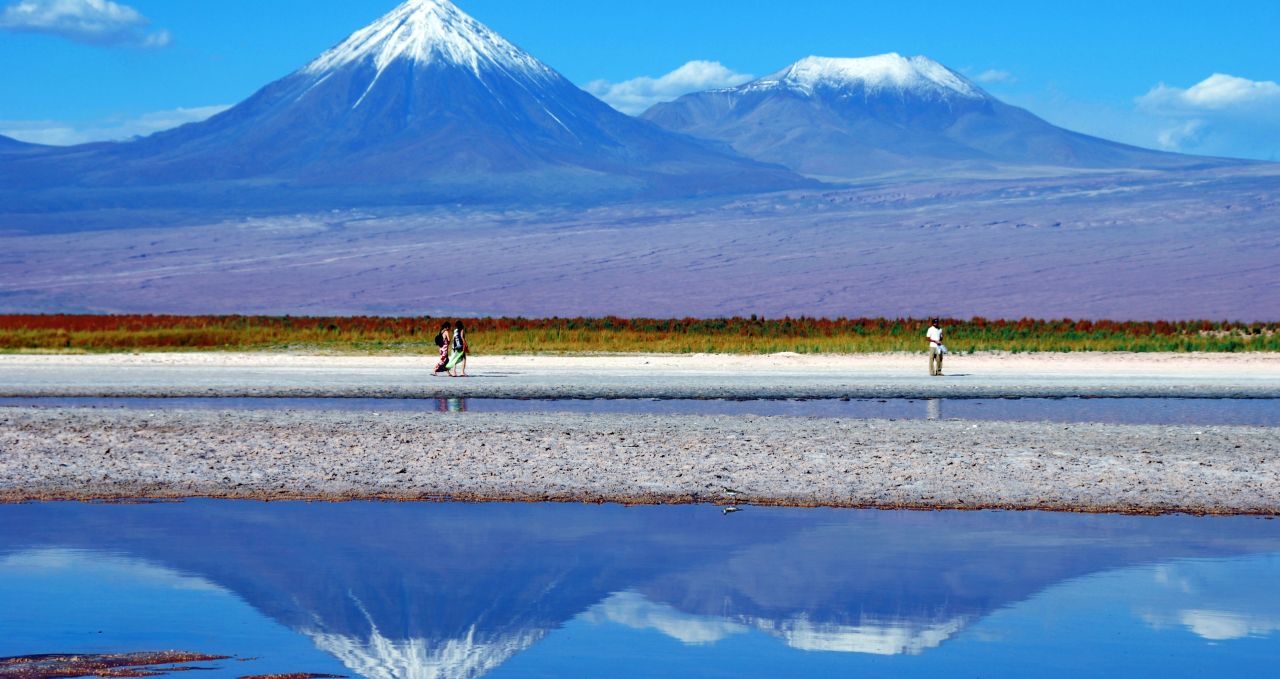
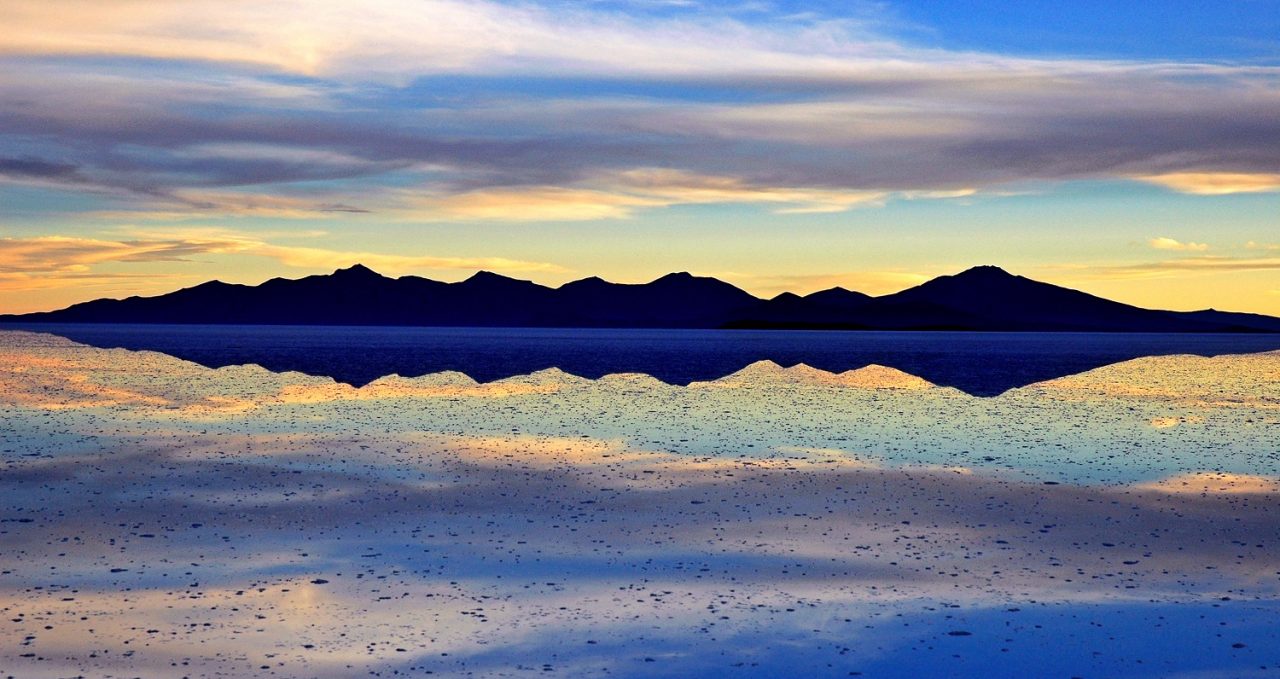
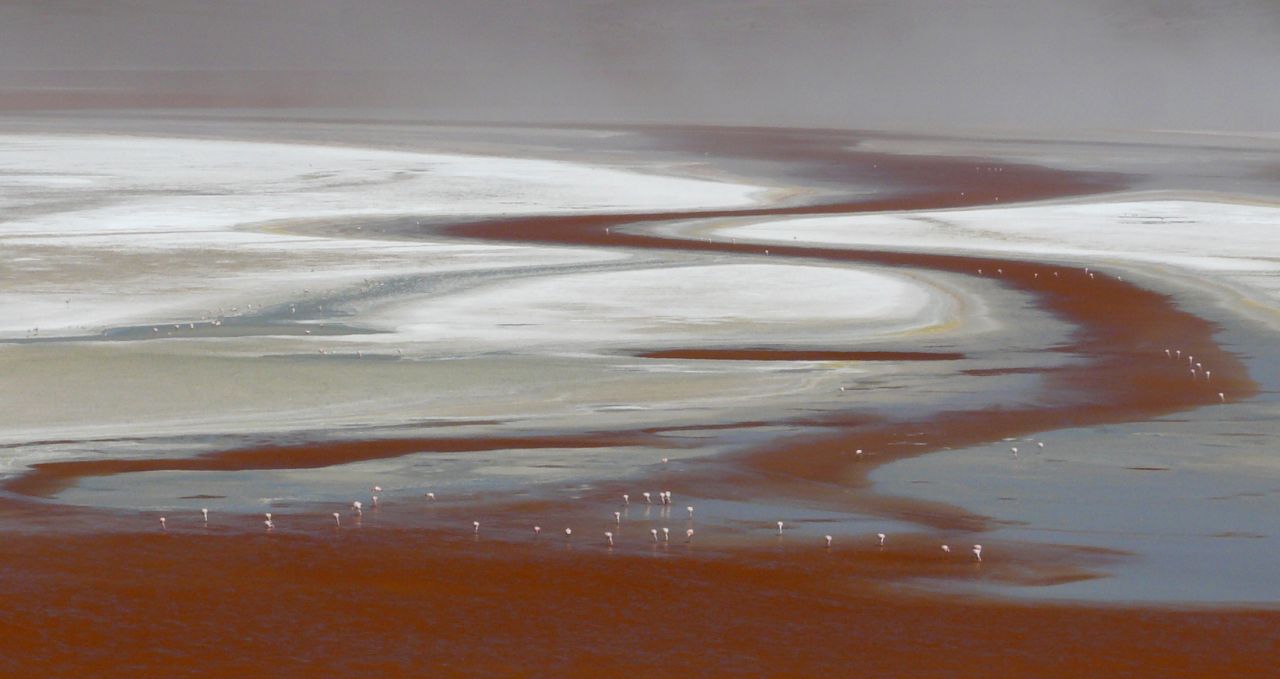
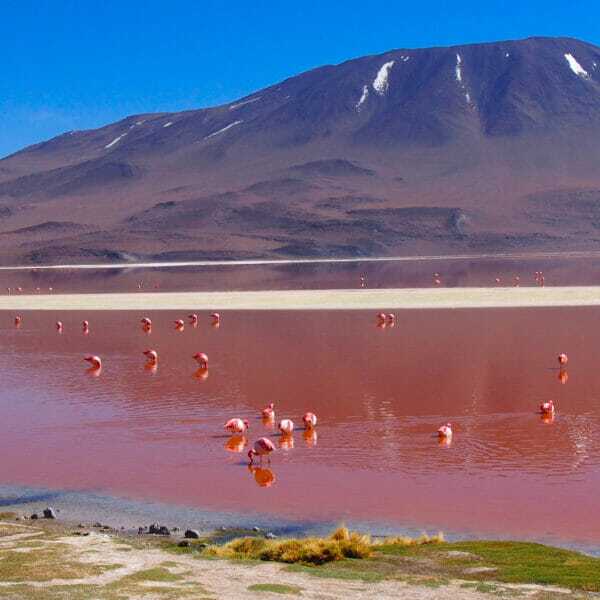
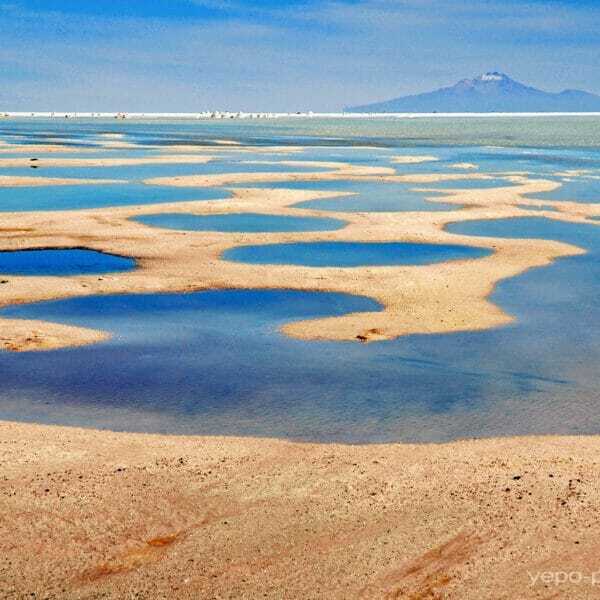
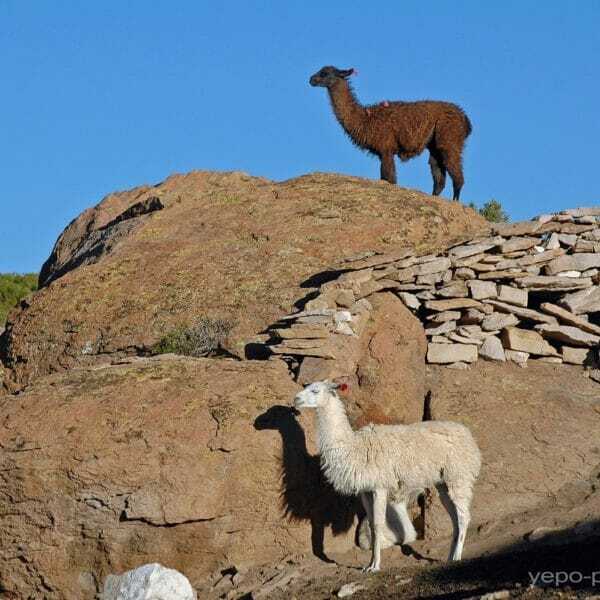
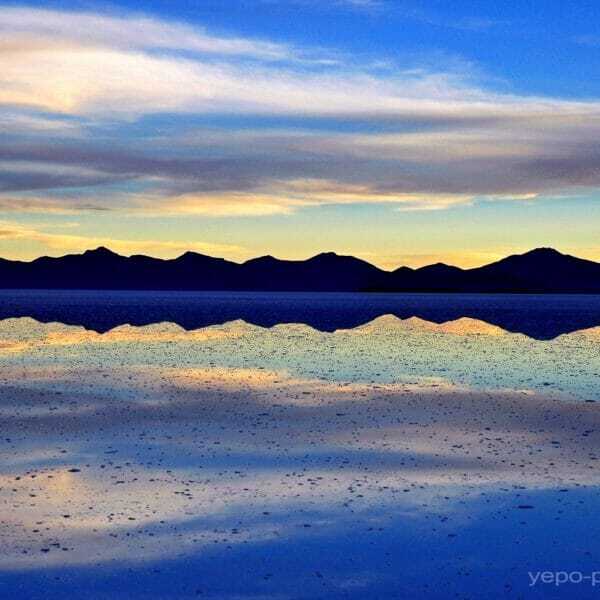

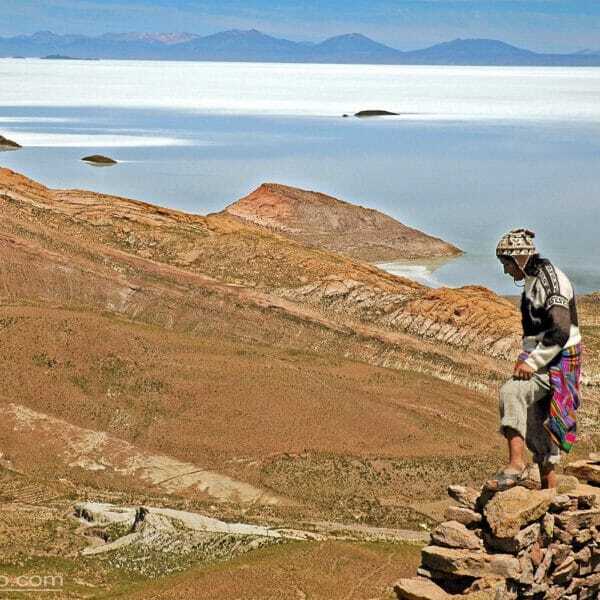
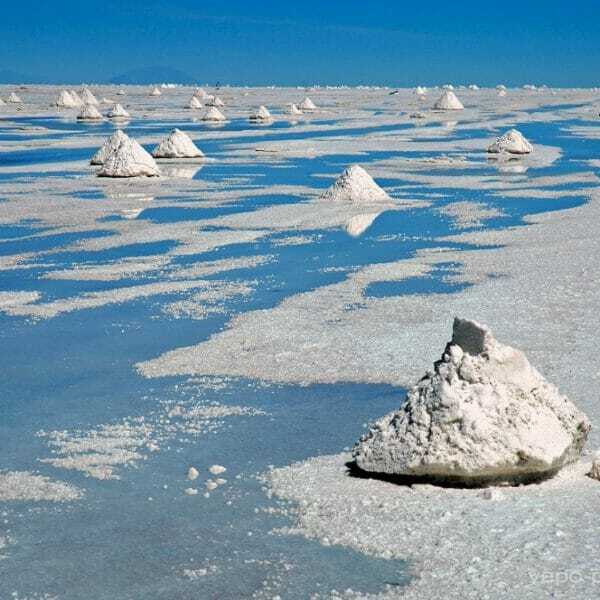
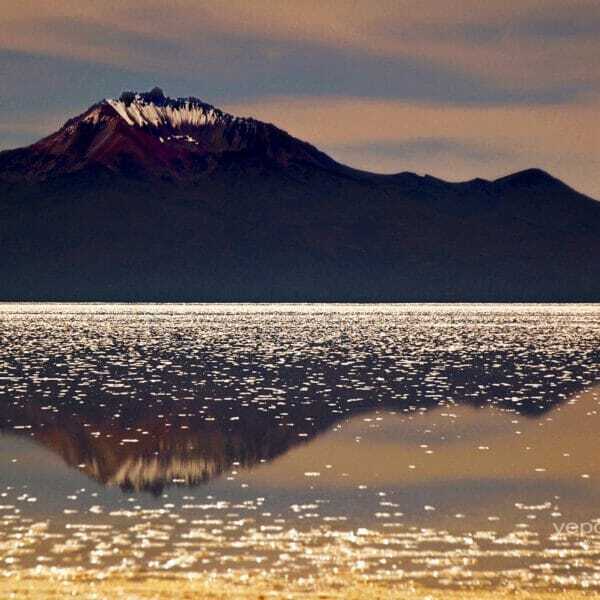
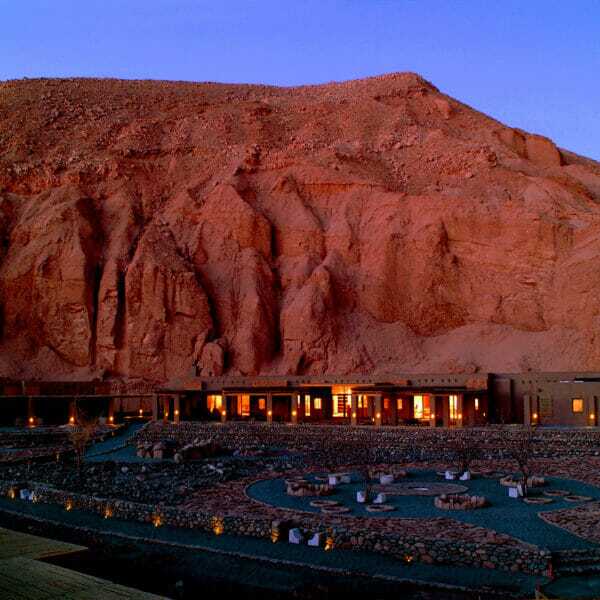
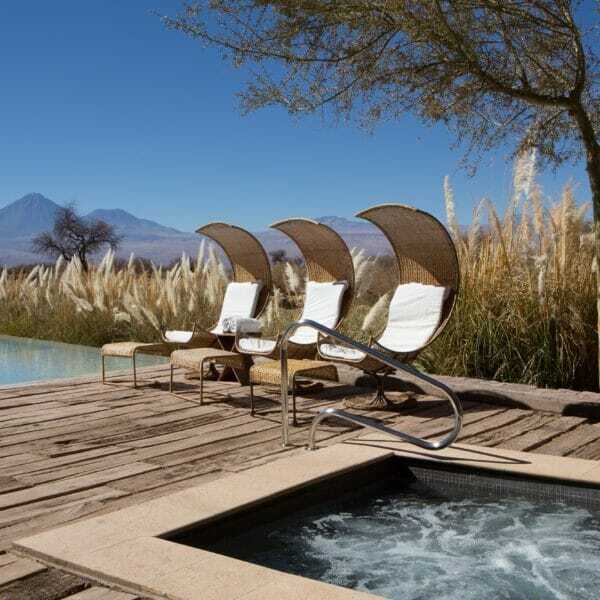
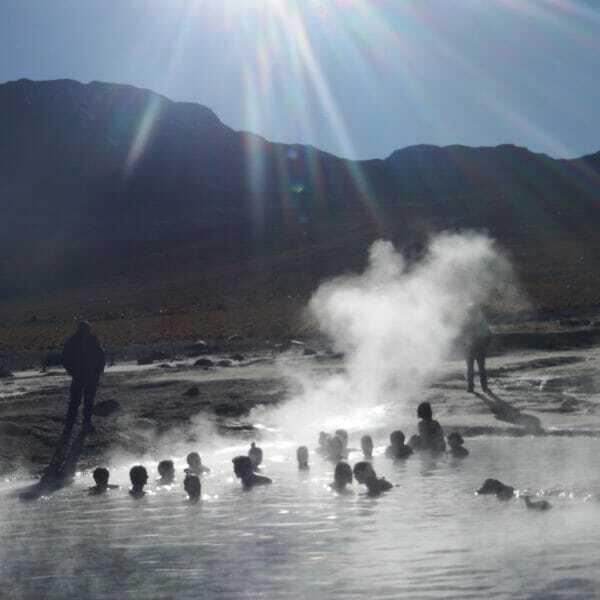
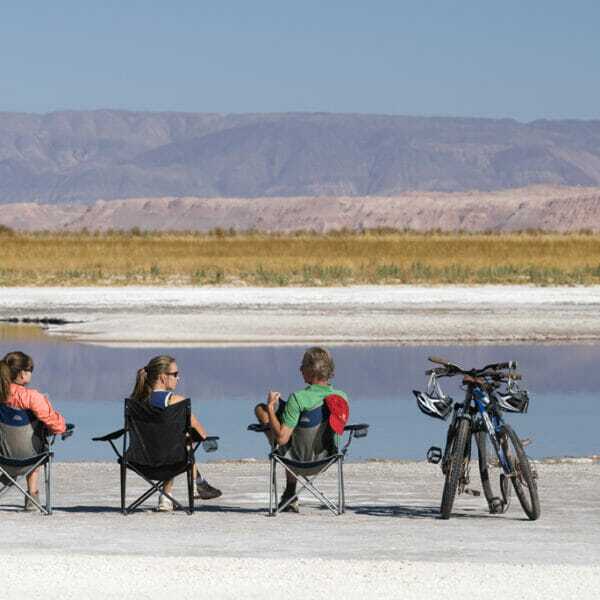
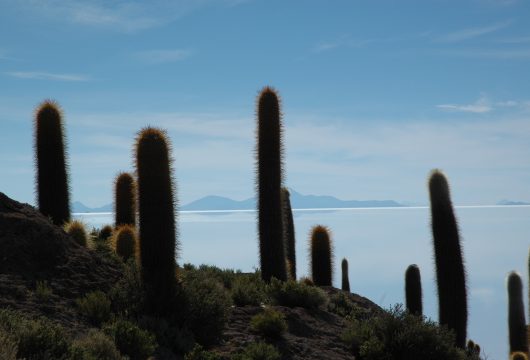
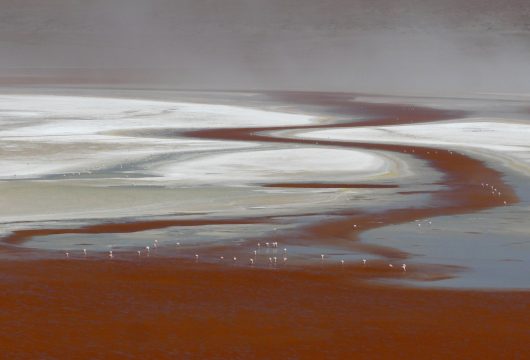
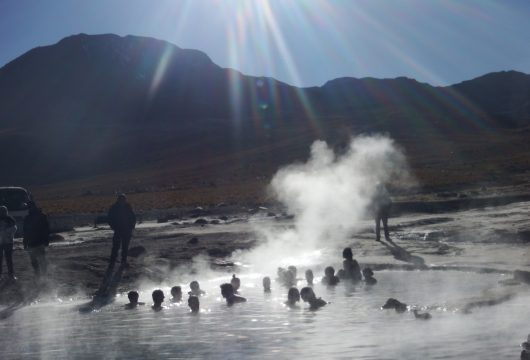
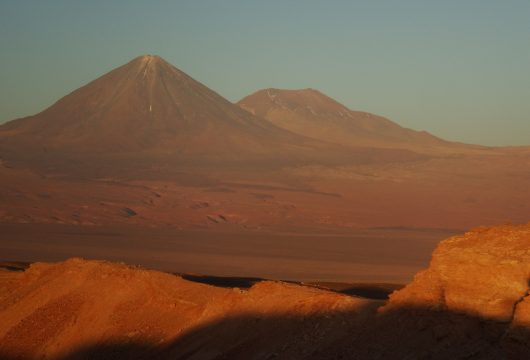
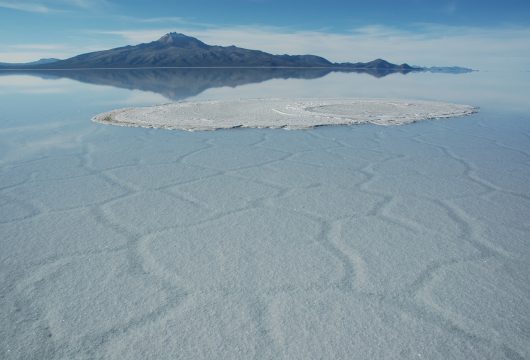
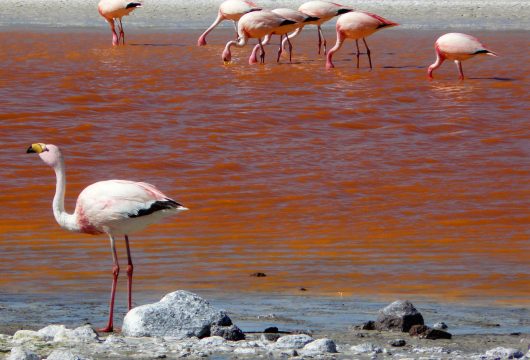
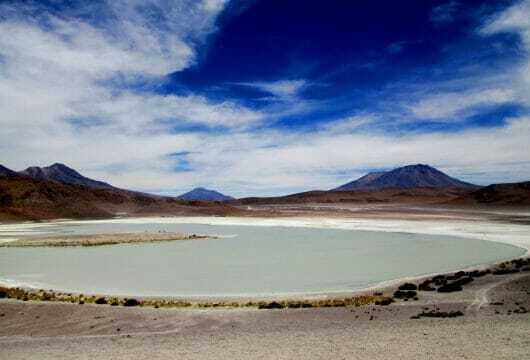
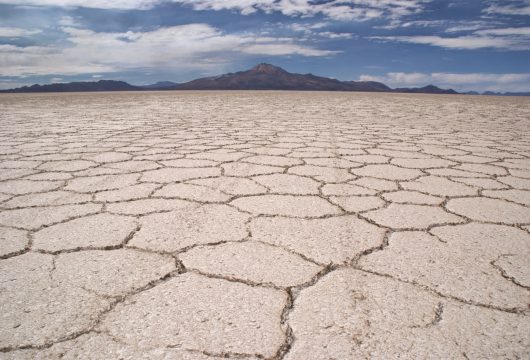
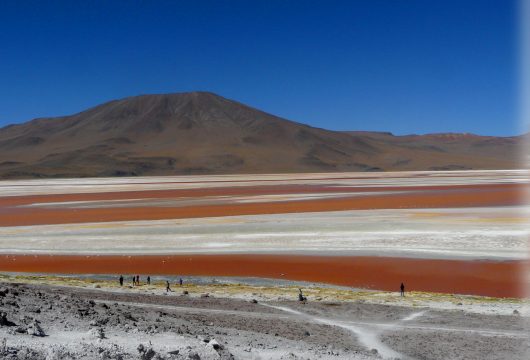
 a Tailor Made Tour
a Tailor Made Tour 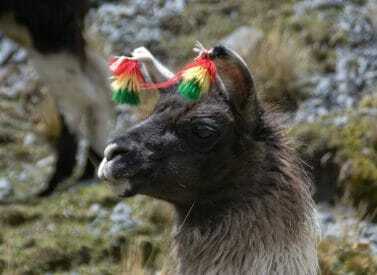

 a Group Tour
a Group Tour 